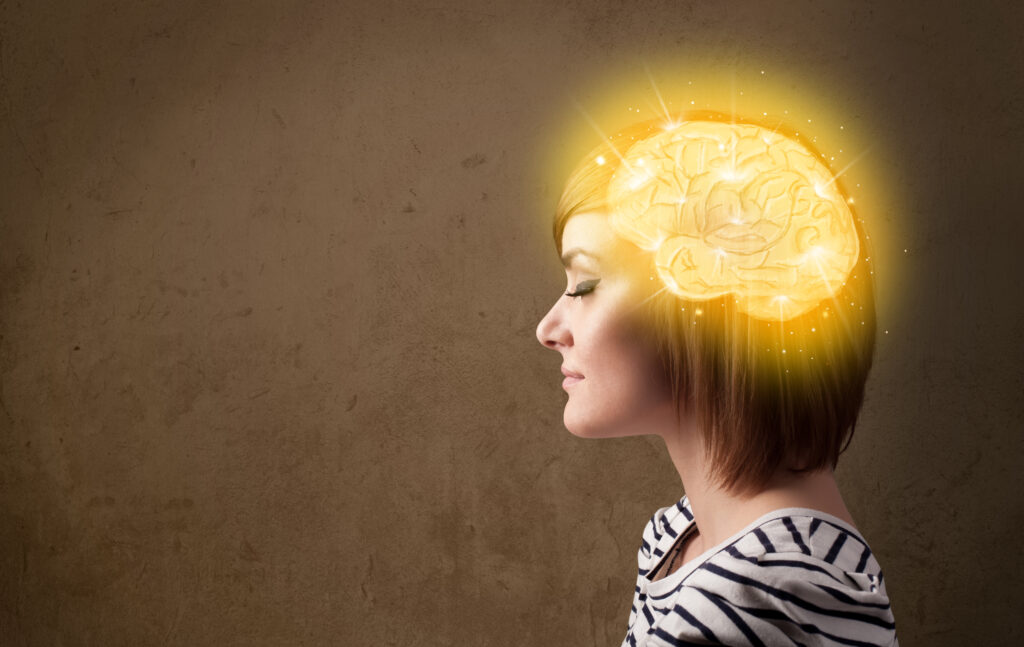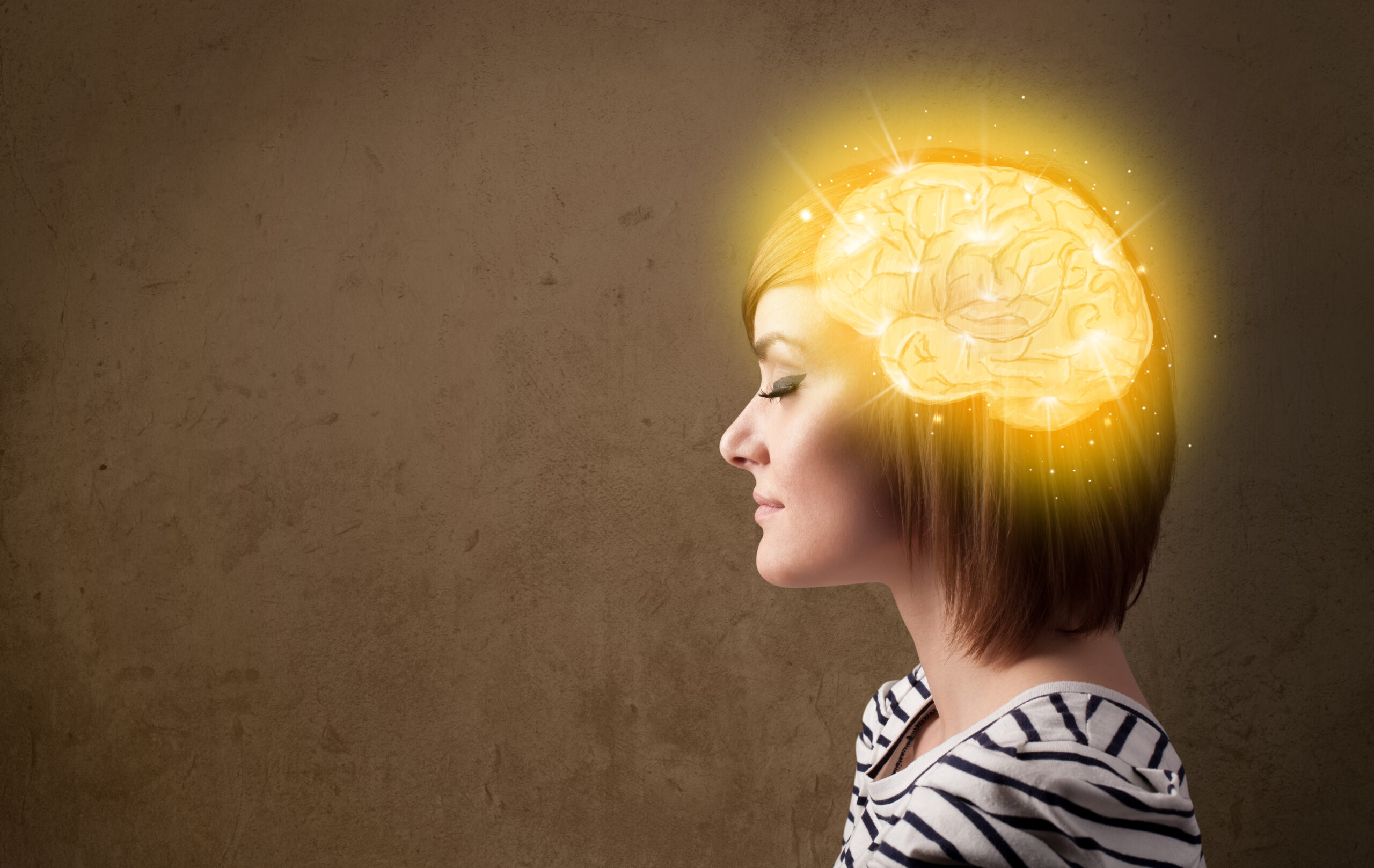
Substance use disorder is a physical disease because it forever alters the brain’s structure. To progress in the battle against substance use disorder (SUD), impacting so many families and friends in Michigan and beyond, we have to change how we think about addiction and recognize it is not a choice.
Diseases affect adolescents and adults differently and SUD is no exception. According to the National Institute of Mental Health, substances have a greater effect on the teenage brain because it is not yet fully developed making ages ten to mid-20s much more vulnerable to developing SUD. By talking to adolescents early about how to deal with life’s challenges and the risky behavior of using drugs and alcohol, we can prevent substance use disorder and save the lives of those most at risk.
That’s why, at the Jamie Daniels Foundation, we are committed to promoting prevention through awareness. By sharing the following facts about how substances change the brain, we strive to help the many impacted by substance use disorder understand more about how it fundamentally changes our loved ones and the battle they endure because of it.
1. Addiction is a brain disease because it can physically change the brain and as a result, the behavior of the adolescent or adult. (NIH, 2018)
2. When teens suffer from substance use disorder, the area of the brain responsible for self-control, memory, learning, emotional development and decision making can fail to develop properly,and long-term substance use can cause loss in these abilities for a lifetime. (NIH, 2014)
3. A long term effect of substance use on the brain in young people is an increased risk for mental health disorders such as anxiety, depression and psychotic disorders like schizophrenia. (NIH, 2020)
4. Personal brain chemistry is completely changed at the peak of substance use disorder. (NIH, 2020)
5. Over time, drug seeking behavior becomes a reflex, rather than a conscious decision. (Yale Med, 2022)
6. To experience the same reward achieved by substance use, a person must keep taking substances often at an increased amount. (Yale Med, 2022)
7. Addiction changes the brain’s ability to control impulses, until a person cannot control the desire to drink or take substances. (Surgeon General, 2016)
8. No pleasurable experience, food or action can reproduce the same “high” as substance use on the brain. (ASAM, 2011)




